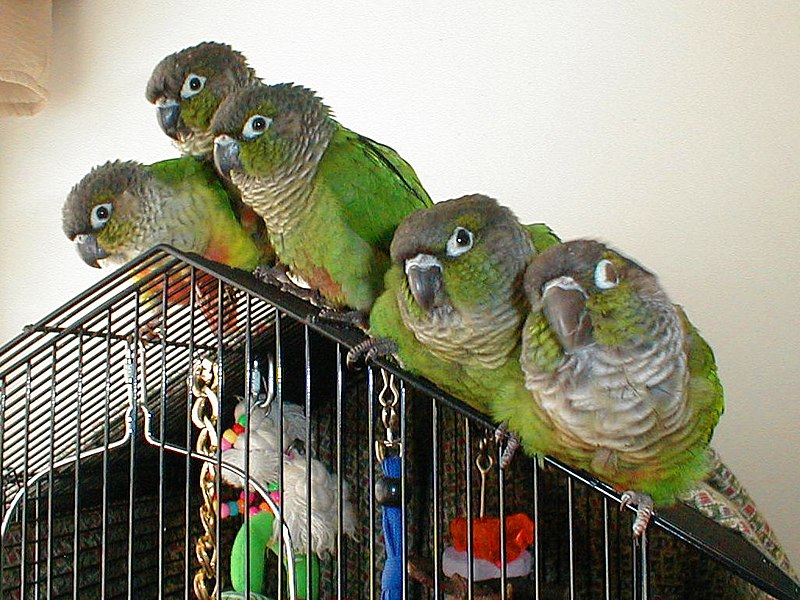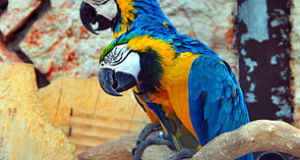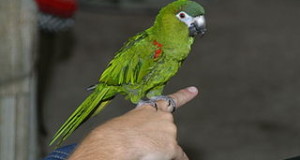 Although it often takes a “back seat” to better-known avian diseases, Pacheco’s Disease (PD) is a serious concern that should be borne in mind by responsible parrot owners.
Although it often takes a “back seat” to better-known avian diseases, Pacheco’s Disease (PD) is a serious concern that should be borne in mind by responsible parrot owners.
General Information
First identified in the 1930’s, Pacheco’s Disease is highly contagious and nearly always fatal unless treated early on. Unfortunately, it advances rapidly, and afflicted birds often show no symptoms until it is too late. Shortly before death, birds stricken with PD may produce bright yellow urates and will pass very little fecal material; victims often expire in good weight.
Conures, Amazons, Monk Parrots and Macaws are the most common PD carriers, but any Psittacine may contract the disease. PD is less commonly encountered, but not unknown, in Old World species.
The Stress Connection
Pacheco’s Disease is caused by a Herpes Virus. The virus itself may be carried by birds for years without causing any symptoms…several species of conure are believed to be natural hosts in the wild.
Outbreaks are nearly always associated with stress, a fact which highlights the importance of good husbandry. Stress that causes carriers to shed the virus (thereby infecting other birds) includes, among other things, rough handling, shipment, other illnesses, a poor diet, and an environment that is too noisy, cold, hot or damp. The virus may be spread via direct contact, air (carried by airborne water droplets), or by fecal contamination of food and water.
Treatment
 Acyclovir is the drug of choice, but early diagnosis is the key to successful treatment. Unfortunately, the process of catching and medicating sick birds dramatically increases their stress level, and hastens the disease’s progress. A vaccine is available but is not in regular use outside of high-risk situations such as zoological park collections and import/export facilities.
Acyclovir is the drug of choice, but early diagnosis is the key to successful treatment. Unfortunately, the process of catching and medicating sick birds dramatically increases their stress level, and hastens the disease’s progress. A vaccine is available but is not in regular use outside of high-risk situations such as zoological park collections and import/export facilities.
Reducing stress by providing a proper environment and diet is critical in preventing PD and, indeed, all avian diseases.
Further Reading
This informative article details the progression of a PD outbreak in a parrot aviary.
Macaws at Wildwood image referenced from wikipedia and originally posted by LancerEvolution
 That Bird Blog – Bird Care and History for Pet Birds
That Bird Blog – Bird Care and History for Pet Birds



